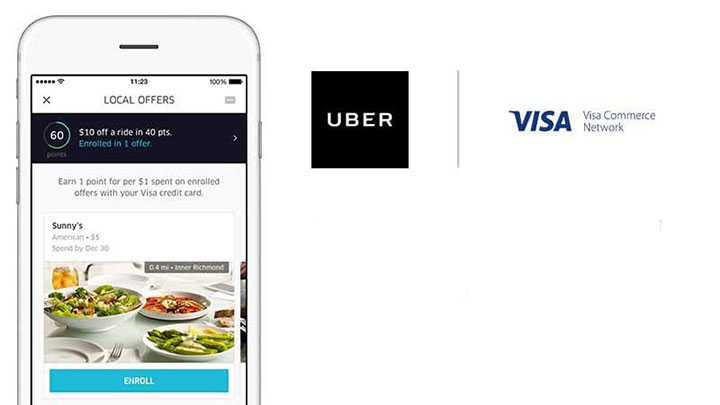

Megha Agarwal
Serving up Artificial Intelligence on a Platter
When a hungry customer walks into your restaurant, he never looks for a quick fill up , instead, he wants to take it all what’s there in your menu, enjoy his meal and have some interaction. In today’s world, owners of such restaurants make sure that they offer the best customer experience using their machine automated services. The restaurant industry has evolved along with technology to benefit both the customer and the owner. Restaurant businesses that are still to adapt to technological changes, are gradually creeping into the history books.
There are innumerous factors that are needed to be considered while running a restaurant business. From customer preferences to fluctuating demands, there are many factors which are not under your control, thereby making a restaurant business vulnerable. So how can you relate all these factors and make a profitable business out of them?
Here comes the implication of artificial intelligence, which can help you stay ahead of competition by making your restaurant more effective and efficient. Among several implications of artificial intelligence, few of the most significant ones are:
#1 Selection of New Restaurant Location
Whenever you search for a good location to open a restaurant, you tend to follow your “gut feeling”, thinking that this location will be profitable. However, things can go other way around. According to CNBC, more than 60 percent of the restaurants fail within their first year of operation because of this mistake. The risk of choosing a wrong location can be reduced with the help of AI. It can provide powerful insights to tell you how much profit you can generate from a location by analyzing the effect of competitors, traffic patterns and other factors regarding consumer buying behavior.

#2 Predicting Demand
The restaurant industry is getting revolutionized with the use of artificial intelligence. Restaurants generate huge amount of data from inventory management to order delivery. Each of the software used by the restaurant have its own language and is usually not synchronized, resulting in communication gap across various departments. Thus, unnecessary pile up of inventory occurs, resulting in financial losses for the restaurant.
To solve this gap, AI collects all the bits of data together and analyze them to find a relationship and give a 360 degree view of its operation. Eventually it will result in an increase in operating efficiency of the restaurant, thereby helping the restaurant to schedule better food delivery, managing the payments, reducing waste etc.

#3 Enhancing Customer Experience
How many times a customer has ordered a customized dish and you have failed or felt it too hard to deliver the order?
The solution to this comes by Multi-touch table. It is more than just a table. The customer can not only order the food but also customize them. Sounds amazing, right? It is an excellent way to enhance customer experience by providing them with tools for personalization. Customers can also play games, while waiting for the food to arrive. It also comes with child lock features to avoid unnecessary disturbances by kids messing around with the table. Customers can make payment with this without any hassle. With such AI system, consumer data can be collected and product recommendations can be made. It can take the customer service to a whole new level. It was first introduced by Pizza Hut where customers can select the size of the pizza, choose the ingredients they like and place accordingly the order. Domino’s also uses an AI based technology which allows customer to order pizza by sending a pizza emoji and by using their voice. Restaurants can learn a lot from Pizza Hut and Domino’s as they are focusing on the technology side to help increase in-house customer experience.
#4 Marketing Automation
Location and geographic information system (GIS) based tools can help you identify your customers, thus helping you to do better marketing. Mobile apps such as OLA and UBER helps in tracking the destination fed by the customers and provides necessary information to supermarkets and restaurants located in the area , based on which they can launch a marketing campaign. For example, if a customer is traveling repeatedly to a particular location via OLA or UBER, then supermarkets in that particular area will start sending personalized messages to him. Thus supermarkets nowadays are getting valuable information about new customers through these digital transportation services.

Restaurants can also tie up with these digital transportation apps, in future, to send customized discount coupons to customers traveling to that location, thus making use of these GIS based tools to utmost extent.





